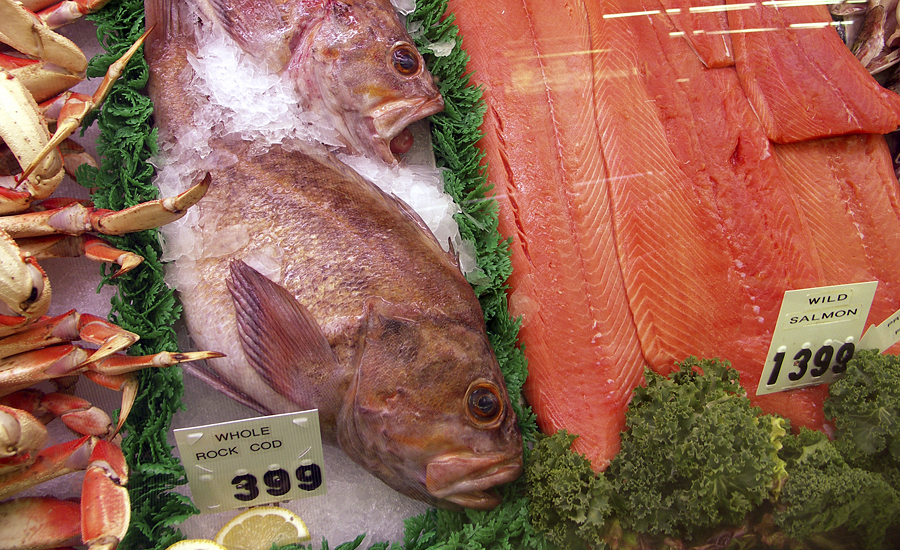Study reveals obstacles, opportunities in coastal seafood supply chain
The team concluded that the seafood industry needed a unified voice.

A comprehensive seafood supply chain study of Louisiana’s St. Mary, Iberia, and Vermilion Parishes, highlights obstacles and opportunities for an area battered by an array of environmental disasters, economic losses and competition from imports.
The study, funded by a U.S. Department of Agriculture Rural Business Development Grant, confirmed that without a unified voice and aligned economic development at all government levels, the Gulf seafood is in trouble, big trouble.
The study uncovered six supply chain priorities needed to ensure the region’s future economic development if the industry is to survive, grow and help maintain the area’s unique culture.
- Increase its ability to manage and recover from disasters.
- Align with economic development initiatives at the local and state levels.
- Modernize distribution and logistics capabilities.
- Innovate operations and introduce new products.
- Distinguish the area products from cheap alternatives through marketing and branding.
- New ways to attract and retain the next generation of workers to replace an aging industry.
The study included concrete recommendations for each of the six supply chain priorities, as well as potential projects that could not only solve a challenge, but also pave the way for increased opportunity. The recommendations are designed to attract investment and spur economic development.
“The supply chain priorities the study uncovered every part of Coastal Acadiana’s seafood industry,” says Jim Gossen, president of the Gulf Seafood Foundation, Lafayette, Ala. “Attracting the next generation of fishermen and retaining a reliable H2B guest workforce has to be the top priority of all the study findings. Without fishermen and the workers who process their catch, there is no seafood industry.”
Working with local, regional and state industry leaders in all aspects of the seafood supply chain, researches inventoried the three coastal parishes’ seafood supply chain assets. They then identified areas of strategic growth and community/industry needs with opportunities for support.
The project consisted of four key elements:
- Evaluating the seafood supply chain.
- Engaging with small and large-scale operators across the seafood industry.
- Coordinating with state and parish leader to identify recommendations to bolster resilient economic development.
- Developing strategies for seafood economic development in the region.
Researchers alongside Impact Analysis for Planning (IMPLAN), Huntersville, N.C., and commercial fisheries data from the National Oceanic and Atmospheric Administration (NOAA), Silver Spring, Md., created a visual map of the Coastal Acadiana seafood supply chain. Researchers also drew upon field visits and expert testimony, as well as long-term experience in the region’s seafood industry.
The team concluded that the seafood industry needed a unified voice. The lack of a connection between the industry and economic development activities at local, state and federal levels resulted in the seafood supply chain not operating at full capacity. The study also recommends the creation of a central point of contact within state government to help align the industry’s needs and strategies with the state’s broader economic development activities and programs.
The parishes of St. Mary, Iberia, and Vermilion, experience major economic challenges, as well as higher than average poverty rates. The study lays out a path where, if applied correctly, creativity and resources in these rural communities’ access to the Gulf of Mexico can be leveraged to yield new jobs and economic development.
Looking for a reprint of this article?
From high-res PDFs to custom plaques, order your copy today!






